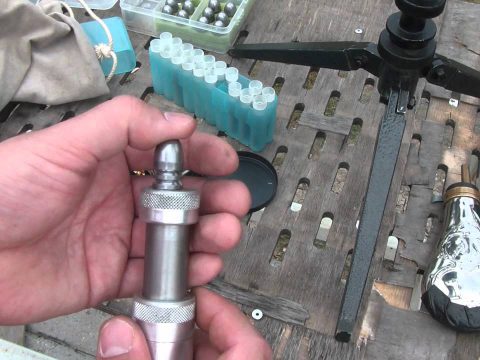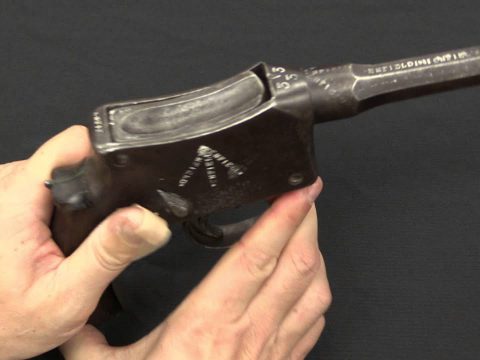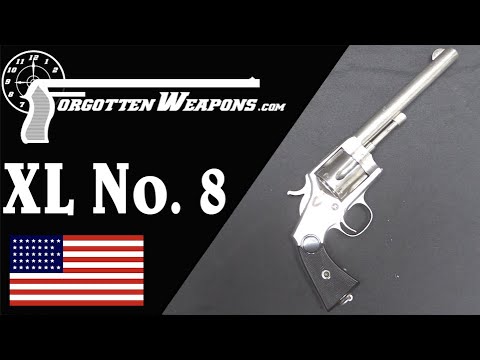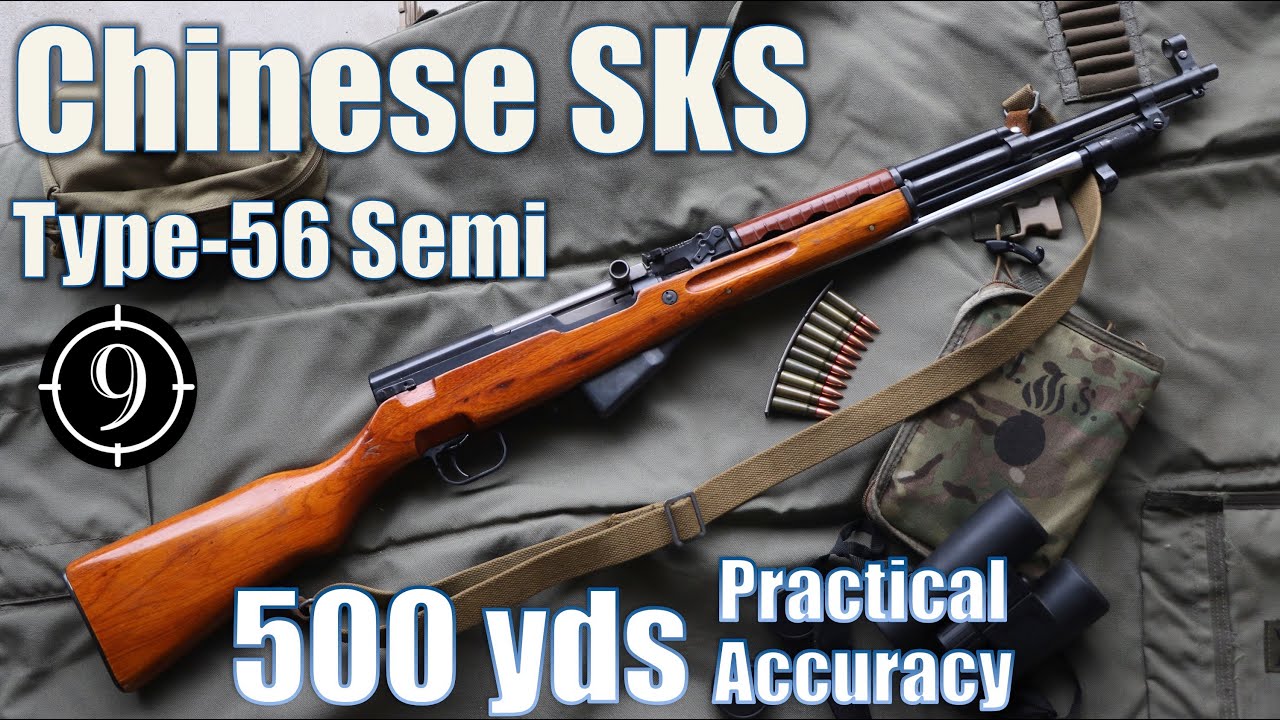http://www.forgottenweapons.com
Sorry for the breathing you hear in the video – this is the final video we filmed in that session. The fellow running the camera is a disabled vet with serious lung problems who owns this rifle (among others). If I had realized his breathing would be audible I would have used a different mic setup, but I didn’t realize it at the time.
By the 1890s, Winchester had established an extremely successful business in lever-action rifles. John Browning’s designs for the 1886, 1892, and 1894 models had proven very popular, and so Winchester (seeing the potential of the new smokeless powder developments) requested that he design a new lever action rifle specifically for the new high-pressure cartridges. This became the model 1895, and was initially offered in .30-40 caliber (as well as .38-72 and .40-72 black powder rounds, so Winchester could hedge their bet on smokeless powder).
The Winchester 1895 involved several significant design elements to safely accommodate high pressure smokeless ammunition. The most obvious is a fixed 5-round box magazine in place of a traditional tube mag. This box magazine allowed the use of pointed bullets, as the bullet tips would not be resting against the primers of other cartridges. The 1895 also used a strengthened locking design and better grade steel to withstand higher operating pressure. While it is true that the earlier lever action rifles were able to use smokeless rounds as well, this is due to their being overbuilt – the 1895 was the first such design made form the ground up for smokeless powder.
The model 1895 went on to be offered by Winchester in .35 WCF, .405 WCF (widely recognized as Theodore Roosevelt’s Big Medicine), .30-03, and .30-06 for the American sporting market (although about three quarters of commercial sales were in .30-40). This doesn’t touch on what was by far that largest sale of model 1895 rifles, though: the contract with the Russian Imperial military. In 1915, Russia was in serious need of small arms, and approached many of the major American factories. Remington and New England Westinghouse both took contracts to make Mosin-Nagant Rifles, and Winchester struck a deal to produce 300,000 Model 1895 rifles in the standard Russian military 7.62x54R cartridge. Unlike the Mosin-Nagant orders, all of the Winchester rifles were delivered prior to the Russian Revolution.
In addition a rather distinctive military style fill-length stock, the Russian contract guns are also notable for their inclusion of stripper clip guides. Standard Mosin-Nagant clips were used to reload the box magazine, making the process much quicker and easier than loading individual cartridges by hand. Still, the 1895 was not originally intended to be a combat rifle, and its characteristic of exposing all the internals to intrusion of mud when being cycled must have resulted in problems for Russian soldiers who weren’t careful with it.
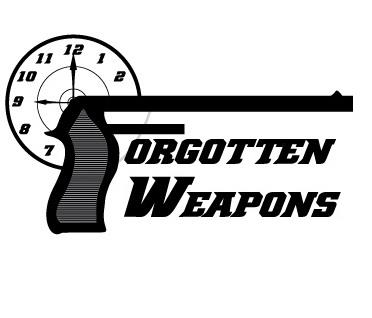
At Forgotten Weapons I think the most interesting guns out there are the most obscure ones. I try to search out experimental and prototype weapons and show you how they work, in addition to more conventional guns that you may not have heard of before. You’re much more likely to find a video on the Cei Rigotti or Webley-Fosbery here than an AR or Glock. So, do you want to learn about something new today? Then stick around!

